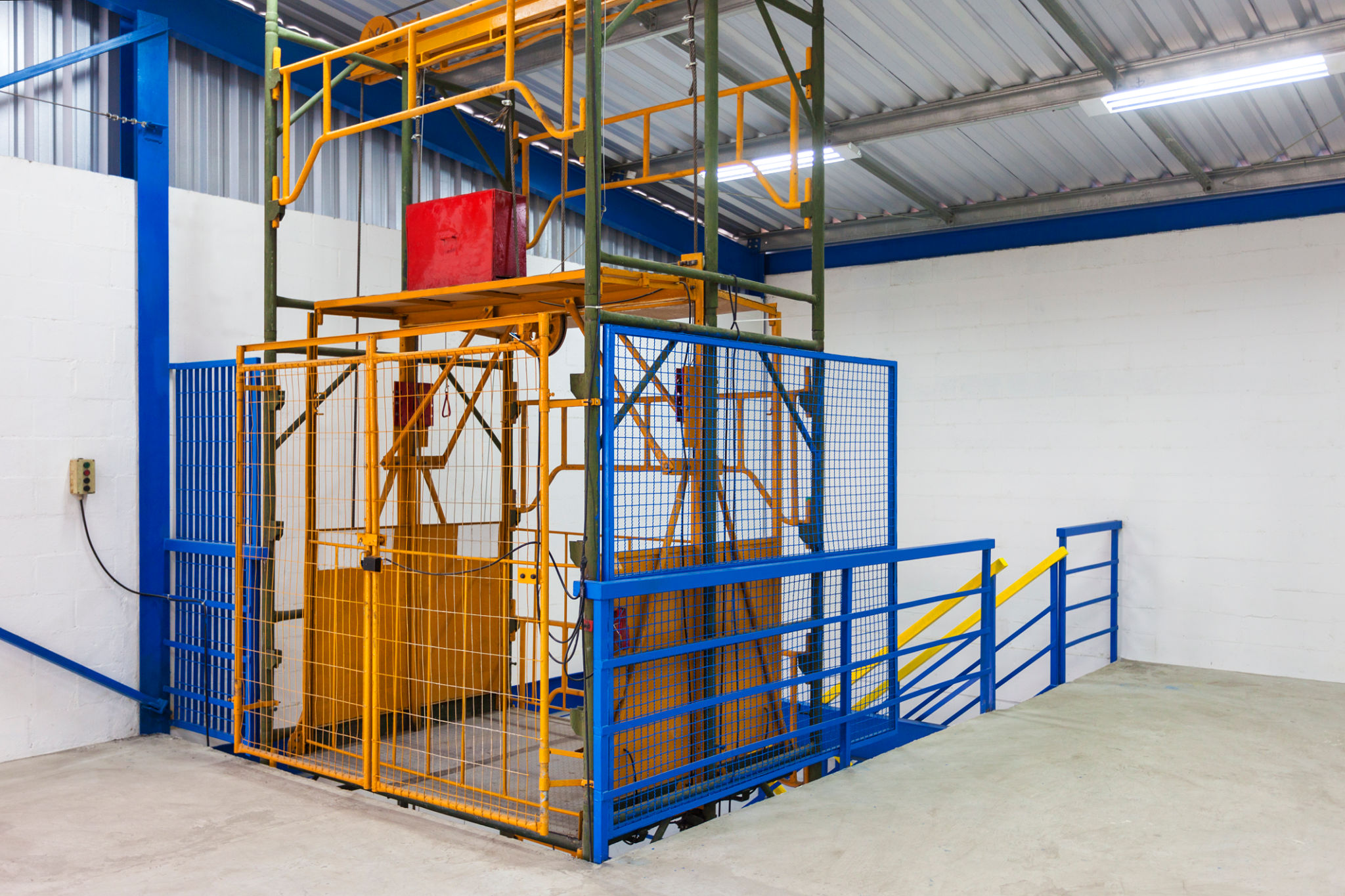How Do Cassette Lifts Work? An In-Depth Look
Introduction to Cassette Lifts
In the world of modern construction and maintenance, cassette lifts have become an invaluable tool. These lifts offer a unique solution for tasks that involve reaching elevated spaces safely and efficiently. But what exactly are cassette lifts, and how do they work? In this blog post, we'll explore the mechanics and benefits of cassette lifts, providing you with a comprehensive understanding of their operation.

The Basic Components of Cassette Lifts
Cassette lifts are composed of several key components that work in unison to enable safe elevation. At the heart of these systems is the cassette unit, which contains the lifting mechanism and control systems. This compact design allows for easy integration into various structures, making them ideal for both temporary and permanent installations.
The lift itself is often mounted on a sturdy frame or track system, ensuring stability during operation. Additionally, most cassette lifts come equipped with safety features such as emergency stop buttons and overload protection, enhancing user safety.
How Cassette Lifts Operate
The operation of a cassette lift is relatively straightforward. Typically, these lifts use a hydraulic or mechanical system to raise and lower the platform. The user controls the lift via a control panel located either on the platform itself or remotely.
- The user activates the control system to initiate movement.
- The lifting mechanism engages, smoothly raising or lowering the platform to the desired height.
- Upon reaching the target elevation, the lift locks into place, allowing for safe operation.

Applications of Cassette Lifts
Cassette lifts are incredibly versatile and find application across various industries. In construction, they are used for tasks such as installing facades or accessing hard-to-reach areas. Maintenance teams utilize these lifts for building repairs or servicing equipment located at elevated heights.
Furthermore, cassette lifts are invaluable in settings like theaters or convention centers, where they assist in stage setups and lighting installations. Their adaptability makes them suitable for both indoor and outdoor use.
Advantages of Using Cassette Lifts
One of the primary advantages of cassette lifts is their compact design, which allows them to be stored easily when not in use. This feature is particularly beneficial in environments where space is limited. Additionally, their ease of operation ensures that even users with minimal training can handle them safely and effectively.
Their modular nature makes cassette lifts highly customizable, allowing for adjustments based on specific project requirements. This flexibility can lead to increased productivity and cost savings over time.

Safety Considerations
While cassette lifts are designed with safety in mind, it is crucial for operators to adhere to proper safety protocols. Regular maintenance checks should be performed to ensure all components are functioning correctly. Additionally, operators should be trained in emergency procedures to handle any potential issues that may arise during operation.
By following these guidelines, businesses can maximize the benefits of cassette lifts while minimizing risks associated with their use.
Conclusion
Cassette lifts represent a significant advancement in lifting technology, offering a blend of efficiency, safety, and adaptability. As industries continue to seek innovative solutions for working at height, cassette lifts will undoubtedly remain a popular choice. Understanding how these lifts work helps businesses make informed decisions about their implementation, ultimately enhancing productivity and safety across various applications.
